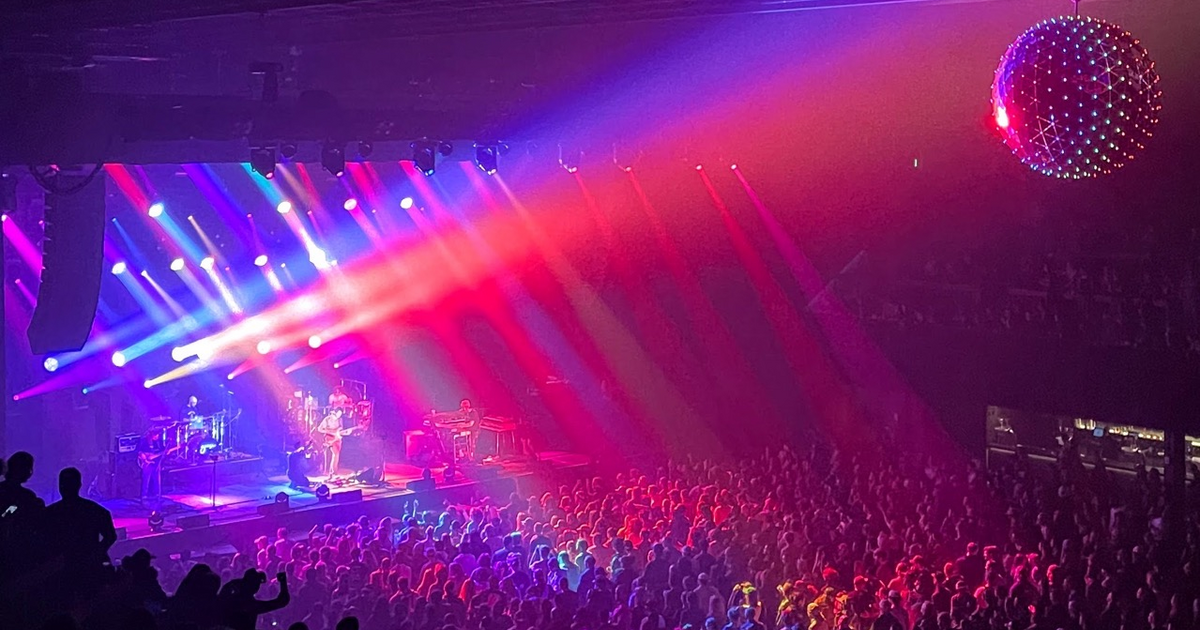@alex_p_roe Speaking of fruit fly research, you'd be amused or surprised to learn that the original U-net architecture (which today powers stable diffusion, among many other machine learning techniques) introduced in a paper by Ronneberger et al. (2015; https://arxiv.org/abs/1505.04597 ) was developed to perform image segmentation of fly neural tissue as imaged with electron microscopy, to reconstruct neurons and therefore map the brain connectome.
So all those "wasteful" research funding grants to fruit fly research motivated and led to the biggest discovery fueling the whole of the modern "AI" boom. One never knows where basic research will lead, it's impossible to predict. Hence basic research is not at all wasteful, on the contrary, it's essential, it's the foundation of a rich, wealthy, creative society. And also very cheap, comparatively: https://albert.rierol.net/tell/20160601_Unintended_consequences_of_untimely_research.html
Search also for the returns on the human genome project, or on the humble origins of DNA sequencing, to name just two among many.

